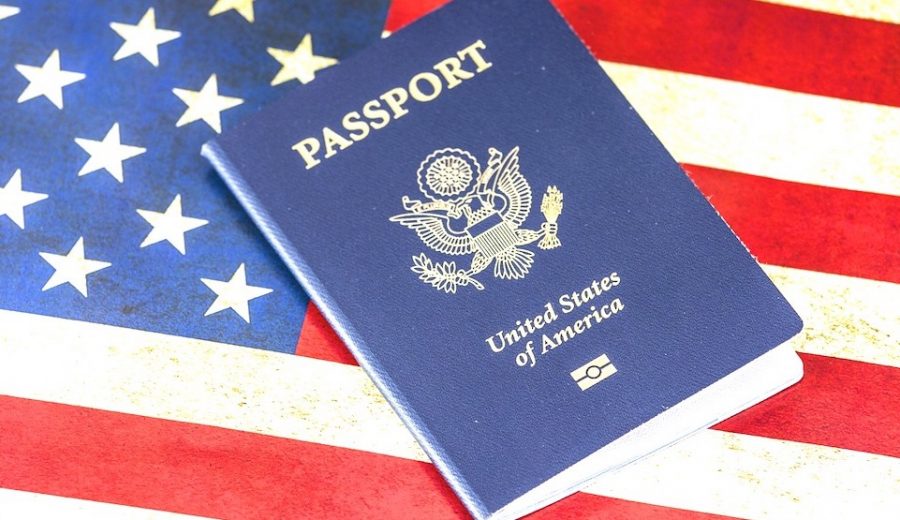The EB-5 immigrant investor program dubbed as ‘US golden visa’ is the world’s most popular scheme to immigrate to the United States for wealthy foreigners.
The EB-5 was created by Congress in 1992 with the intent of stimulating economic development across U.S. communities through capital investment by foreign entrepreneurs. Currently foreign investors are required to $500,000 and create jobs to receive a green card despite long waiting times of over 20 months, with over 24,000 EB-5 petitions pending with USCIS. The EB-5 scheme has been extended until Sep 30, 2018.
Here is the economic impact of EB-5 in the US, according to IIUSA. From FY2010 to 2015
- $16.54 Billion in capital investment has been generated by the EB-5 Program
- 276,210 U.S. Jobs created for American workers across the country.
- $37.09 Billion contributed to U.S. economy in terms of gross domestic products (GDP).
- $5.22 Billion in U.S. tax revenues for federal, state, and local governments.
EB-5 job creation by state
- CALIFORNIA – 72,600 U.S. jobs
- NEW YORK – 66,100 U.S. jobs
- FLORIDA – 24,600 U.S. jobs
- TEXAS – 18,600 U.S. jobs
- WASHINGTON – 17,600 U.S. jobs
- OTHER – 15,500 U.S. jobs
Comparison of EB-5 to other golden visa programs in the world based on total investment received
- United States – $16.5 billion
- Canada – $15.2 billion
- Australia – A$ 10.05 billion
- Cyprus – €4 billion
- Portugal – €3.9 billion
- Spain – €3 billion
- United Kingdom – £2.8 billion
- St Kitts and Nevis – EC$2.1 billion
- Greece – €1.5 billion
- Malta – €650m
- Ireland – €209m (2012-2016)





